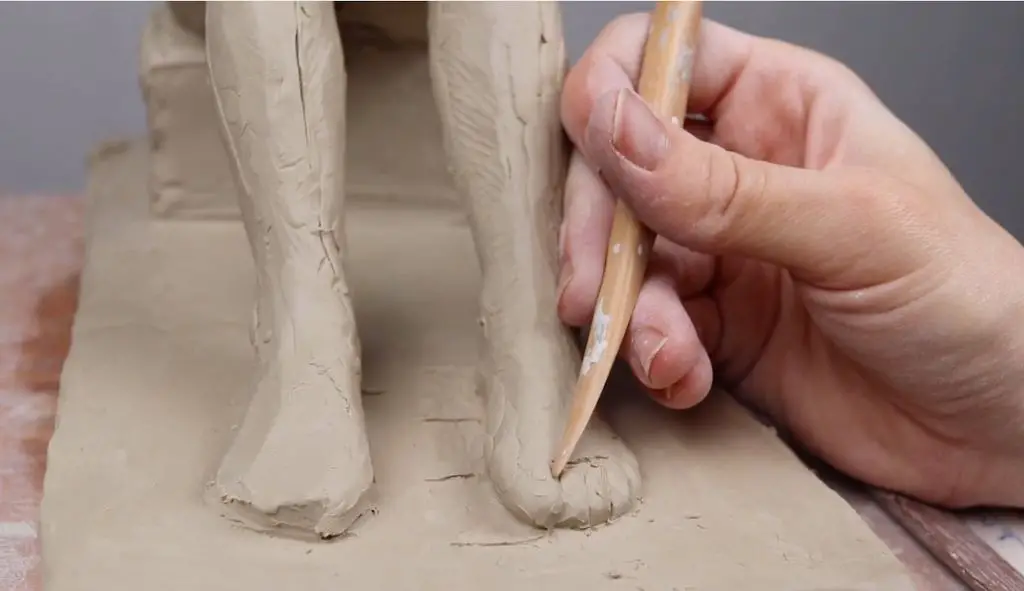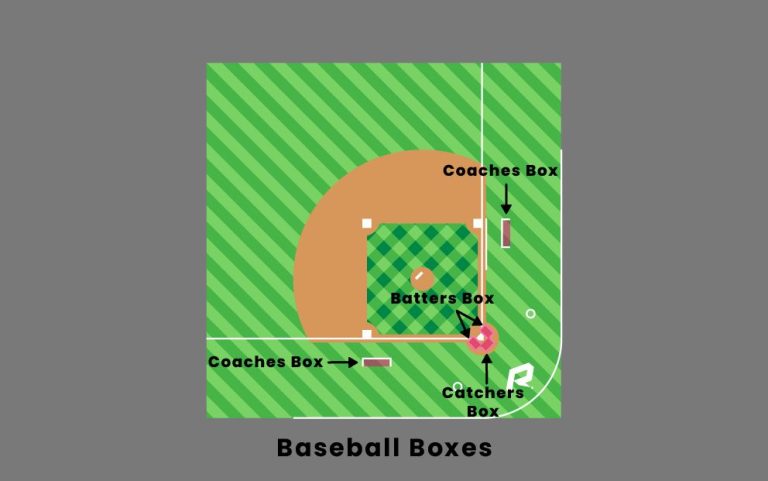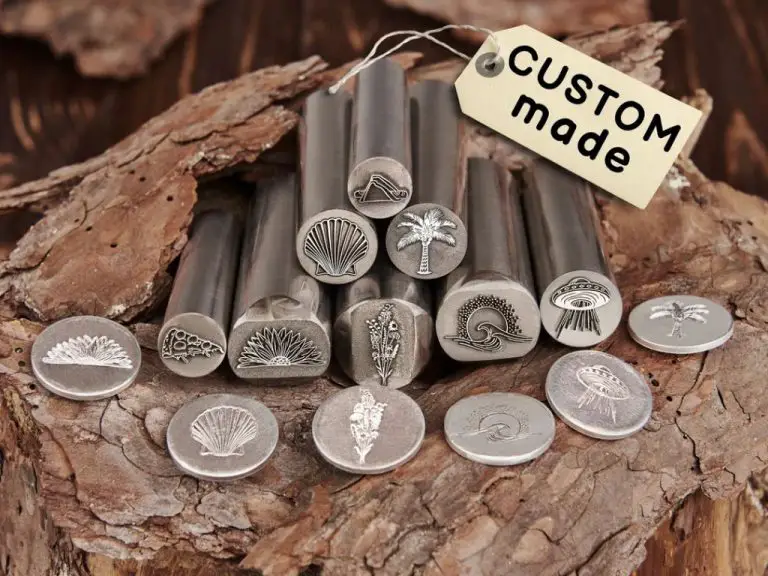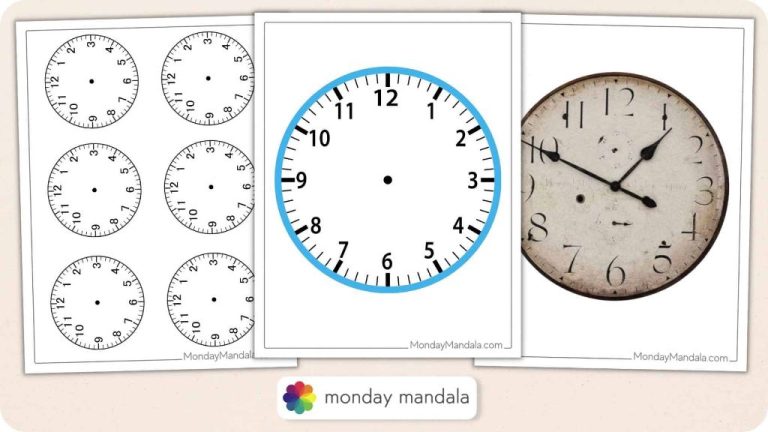What Can Modelling Clay Be Used For?
Modeling clay, also known as plasticine, is a malleable clay material that is oil-based. It is made from a combination of oils, waxes, fillers and clay minerals and does not dry out or harden like many other clays. Modeling clay has a smooth, pliable texture that makes it ideal for sculpting, molding, shaping, and creating detailed designs (Source).
Some key properties of modeling clay include:
- Does not harden when exposed to air
- Reusable and recyclable
- Available in a wide range of colors
- Non-toxic
- Smooth, doughy texture
- Sticks to itself, allowing parts to be joined

Modeling clay is versatile and can be used for many arts and crafts applications as well as educational and developmental uses. Common uses include sculpting, making jewelry, molding shapes, stop motion animation, and more (Source). Its malleable nature makes it a fun, creative material for artists of all skill levels.
Sculpting
One of the most common uses of modeling clay is for sculpting art, figures, jewelry, and pottery. Clay is an ideal medium for sculpting because it is easy to shape and mold into any form. Sculptors appreciate that clay remains workable and pliable until it is fired in a kiln, allowing alterations to be made during the creative process.
Clay enables sculptors to craft intricate shapes and details. It also supports weight fairly well, so it can be used to sculpt large works and figures with outstretched limbs that don’t droop or collapse. The finished clay sculpture can be left as is, painted with acrylics or oils, or fired in a kiln for permanence.
Many sculptors find working with clay satisfying because it provides instant tactile feedback and allows shapes to be formed intuitively with their hands. Clay sculpting develops fine motor skills and creativity. Historical and modern sculptors across diverse cultures have used clay to create unique works of art, pottery, and jewelry. With modeling clay, both novice and experienced sculptors can bring their imaginations to life in 3D.
Some examples of clay sculpting include figurines, vases, bowls, reliefs, busts, full human figures, jewelry, and abstract artforms. Clay sculpting can represent realism or abstraction. With an endless array of colors, techniques, and firing or drying options, clay presents limitless possibilities for sculptors.
Molding
One of the most common uses of modeling clay is for making molds and casts of objects. The process involves shaping the clay around an object to create a mold, then pouring plaster, resin, or other casting material into the mold. Once dried and removed, the cast replicates the original object’s shape and textures.
Modeling clays like plasticine are ideal for mold making because they are reusable and do not dry out or harden. Their firm, pliable texture allows capturing intricate details from the original object. Whether creating a simple mold for a plaster ornament or a complex multi-part mold for casting metal, modeling clay can reproduce shapes precisely.
Compared to rigid molds, clay allows removing the original object without damaging the mold. Flexible clay molds also minimize air bubbles in castings. Mold release spray helps separate castings from the clay. Properly stored between uses, a clay mold can be reused many times to create consistent cast replicas.
With some creativity and basic materials, modeling clay opens up endless possibilities for mold making and casting. Hobbyists can replicate sculptures, preserve natural specimens like shells or leaves, or create decorative objects using this versatile material. Even complex industrial parts can be molded using clay for short-run prototype development before machining metal molds.
Animations
One of the most popular uses of modeling clay is for stop motion animations, often referred to as claymations. In claymation, an animator moves a clay figure incrementally between individually photographed frames, creating the illusion of movement when the series of frames is played back as a continuous sequence.
Clay is an ideal medium for stop motion because it can be easily molded and reshaped between frames. This allows animators to make subtle changes to facial expressions or body positions. Additionally, clay remains malleable under hot studio lights, maintaining its consistency without drying out during the long process of shooting a film one frame at a time.
Claymation has been used to great effect in films and television shows for decades, ranging from the whimsical adventures of Gumby to the darkly surreal worlds built by Tim Burton. While a more time-consuming process than 2D or 3D animation, the handcrafted, tactile qualities of claymation lend it a unique charm and human touch.
For aspiring claymation artists, modeling clay represents an accessible and creative way to bring their imagined characters to life frame by frame through the magic of stop motion.
(Source: https://nofilmschool.com/claymation)
Crafts
Modeling clay like Sculpey or Fimo is a popular material for crafting. Its malleable texture makes it easy to sculpt by hand into endless creative shapes and designs. Many hobbyists enjoy using modeling clay to create ornaments, beads, and figurines for decorative purposes.
Ornaments made from modeling clay can be shaped into holiday themes, animals, flowers, or abstract designs. These lightweight creations add a handmade touch when hung on the Christmas tree or around the home. Modeling clay is also commonly rolled out and cut into beads. The beads can then be baked, painted, varnished, and strung into necklaces, bracelets, and more. Figurines sculpted from modeling clay make cute gifts like candle holders, jewelry dishes, or just for collecting and displaying.
Crafters often paint and seal their finished modeling clay pieces with varnish, glue, or other adhesives. This helps protect the clay and adds extra color and shine. Those who frequently work with modeling clay attest to its versatility for homemade crafts.
Play
Playing with modeling clay offers many developmental benefits for children. Manipulating the clay engages fine motor skills and hand-eye coordination as kids pound, roll, squeeze, and shape the clay into different forms (Source). It provides a tactile, sensory experience that allows creative expression. Clay play encourages trial and error as well as problem solving skills. As children sculpt objects, they gain spatial awareness and practice visual perception. The open-ended nature of clay play boosts imagination and cognitive development. Overall, clay provides an engaging, sensory material for children to explore and create.
Therapy
Modeling clay has therapeutic benefits and is commonly used in occupational therapy sessions. The tactile nature of working with clay can help strengthen hand and finger muscles. Manipulating the clay requires fine motor control and dexterity which engages the muscles and nerves in the hands and fingers. Squeezing, rolling, pounding, and sculpting clay are examples of therapeutic exercises that occupational therapists may incorporate into treatment plans. According to the American Occupational Therapy Association, engaging in crafts utilizing modeling clay can help improve hand function, manage arthritis pain, and recover motor skills after injury or surgery.
Some specific therapeutic techniques using modeling clay include:
– Rolling snakes, balls, and coils to stretch fingers and exercise hand muscles
– Flattening, pinching, and imprinting designs into clay to develop fine motor skills
– Sculpting objects of varying sizes and weights to build hand strength
– Using both hands simultaneously to knead and manipulate clay
– Finger exercises like imprinting words or the alphabet into the clay
The resistance provided by modeling clay makes it an ideal medium for occupational therapy focused on improving hand and finger dexterity. Regular therapeutic use of modeling clay can increase strength and range of motion. The American Occupational Therapy Association recommends clay as a tool for managing arthritis, increasing grip strength, and recovering from hand injuries or surgery. It offers an engaging and motivating way to do the repetitive exercises that help rebuild muscle and nerve connections. With guidance from an occupational therapist, modeling clay enables customized therapy plans to meet each individual’s therapeutic goals.
Education
Clay modelling has many educational benefits when used in schools or at home for learning. The tactile, hands-on nature of clay allows students to actively engage with concepts in art, science, chemistry, and more.
In art classes, clay enables students to explore 3D sculpting, practice fine motor skills, and learn about different sculpting techniques. Teachers can demonstrate methods like coil building, slab construction, and score-and-slip joining with clay. Students can then use these techniques to create their own sculptures and pottery 1.
For science and chemistry learning, clay provides a safe, moldable material for modeling atoms, chemical bonds, cell structures, and more. Rather than just reading diagrams in textbooks, students can manipulate clay models to better understand 3D scientific concepts. Clay enables active, hands-on science education.
Overall, clay modelling activates multisensory learning and allows students to gain firsthand experience of concepts through creation. It engages students in education through tangible objects, applicable skills, and interactive lessons.
Engineering
Clay modeling is commonly used in engineering design and prototyping. Modelers can quickly create conceptual designs and test prototypes in clay before committing to more expensive production materials. The tactile process of shaping clay allows designers to explore physical properties and ergonomics in 3D before a concept is finalized. As this source explains, clay modeling in engineering provides a practical way to visualize and evaluate design ideas without specialized software or machinery:
“It’s practical to create things with clay as well. Instead of fussing with computer design and machinery to design vehicles out of metal, it’s very intuitive to shape what you want with clay.” (https://maycointernational.com/blog/clay-modeling-why-clay-modeling-remains-relevant-in-a-technology-driven-industry/)
Clay allows for rapid prototyping and iteration in engineering design. It can bring concepts to life and reveal opportunities for improvement quickly and cost-effectively before large investments are made in manufacturing. The iterative process of clay modeling is valued in fields like industrial design, automotive design, and architecture.
Conclusion
As we’ve seen, modeling clay is an incredibly versatile material that can be used for a wide variety of purposes. From sculpting intricate works of art to helping children develop motor skills, modeling clay provides an engaging and creative medium. Some of the main uses highlighted here include:
- Sculpting detailed figures, busts, animals, and more
- Creating stop-motion animations
- Making DIY crafts and jewelry
- Providing a tactile, sensory material for play
- Aiding therapy and special needs education
- Teaching art, chemistry, and design principles
- Prototyping engineering models
With such a multitude of uses spanning art, education, therapy, and engineering, modeling clay is an incredibly flexible and versatile material. Its malleability allows for creativity and experimentation, while its non-drying properties mean creations can be reworked and reused. Whether you’re a professional artist or simply looking for a fun creative outlet, modeling clay has something to offer everyone.



